The Digital Elf Outpost Kickstarter – Meet the Mastermind: Jeremey Gosser
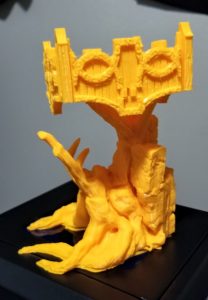 Jeremey Gosser and Chris Taylor make up the team behind the Digital Elf Outpost for 3D Printing Kickstarter. Jeremy is the creative arm of the collaboration and has graciously agreed to answer some questions about himself and his Kickstarter. This is a cool project and I have been printing pieces to get a feel for it. I’ve gotten one corner piece printed, plus the platform that goes above it as well as 2 walls. All of this prints without any support and quite honestly, looks really good and organic. Orange is not the best filament to show this off. I need to get at least some brown on it, to really show off how amazing this piece looks up close. This is going to be a more fantasy based, or possibly sci-fi fantasy terrain set, but it is robust enough to make a spectacular centerpiece.
Jeremey Gosser and Chris Taylor make up the team behind the Digital Elf Outpost for 3D Printing Kickstarter. Jeremy is the creative arm of the collaboration and has graciously agreed to answer some questions about himself and his Kickstarter. This is a cool project and I have been printing pieces to get a feel for it. I’ve gotten one corner piece printed, plus the platform that goes above it as well as 2 walls. All of this prints without any support and quite honestly, looks really good and organic. Orange is not the best filament to show this off. I need to get at least some brown on it, to really show off how amazing this piece looks up close. This is going to be a more fantasy based, or possibly sci-fi fantasy terrain set, but it is robust enough to make a spectacular centerpiece.
- Please tell us a bit about yourself.
I’m an Art Tech and Adjunct Professor at Murray State University in Murray, KY where my wife and I are raising our three-year-old daughter. I have a background in higher education, but lately my focus is in digital fabrication: from 3D Printing to Resin Casting to CNC and Laser Cutting and everything in between! - What miniatures games/RPGs do you play
Our group hasn’t really been playing anything in the Miniatures/War Games arena lately. Really we’ve been bouncing between Euro-Style games like Dominion, Splendor, and all the ways you can play Settlers of Catan — Game of Thrones Edition is the latest to grace the table. - How long have you owned a 3D Printer and been making terrain?
I bought a Makerfarm prusa in 2013. It still works but I hardly run it anymore. Like most budget printers from then the noise is just too much and the prints fail too often. This is not a reflection on the brand, it just has a lot of hours on it and isn’t worth rehabbing. - This is your second Kickstarter. What did you learn in the first that helps with this new one?
The biggest thing I learned was to keep your files well organized from the start. I lost of ton of time processing the same model multiple times and had to do some patches that were mostly related to just packing the wrong model. Keep things manageable or you’re going to lose people. Secondly, I learned the importance of designing for support-free printing and snap-together assembly. It’s easy to think it is just for the end user’s benefit, but the designer is also a big winner. If you have to spend time cleaning up models then that’s a lot of time you’re not on the computer designing. - What printers do you use to print terrain?
There are a couple Microcenter Powerspec Pros for ABS and an Anycubic for PLA. Recently a Spark maker resin printer was acquired through their Kickstarter, it will be used for smaller details. - What got you interested in modeling 3D Terrain for print? What was your first model?
When I was a kid I’d play for hours in the sandbox, I had these army men. I’d build these giant mountains and scenes and then just destroy everything. It was a blast! I never used my pewter miniatures much in the sand box. There was a lot of Volcanic eruptions and earthquakes involved and they could easily be permanently lost. At some point recently, I decided to spend whatever time I have left in this life trying to get back to that place.My first model was a really crappy goblin that you can still download on thingiverse. Terrain wise: I did some castles that combined laser cut and 3D print mashups. - Do you have a favorite model you have created?
Whatever I’m working on, or better yet, starting on. I’m all about the journey. - How long have you been working on the Digital Elf Outpost?
I drew up the elf outpost in 3 minutes and had it printed and painted in three weeks. Creatively, it was kind of a lightning bolt moment. - What is your workflow for creating pieces for the Outpost?
The designs are always sort of intuitive, I have a strong notion of a goal but I leave a lot of space to just play with parts and shapes and see what happens. My concept sketches are basically illegible scribbles, this works great creatively but sometimes I have to start all over to make an idea work as a functional model. - What software do you use for your modeling?
Hey, that’s my secret sauce. I will say I’m usually bouncing daily between at least 6 programs, sometimes more. - How long have you been developing the OpenPeg system?
Since December 2017. I was trying to to solve some off-the-wall notions I was messing with on an OpenLOCK design… Basically, I wanted to attach stuff on the underside of floor tiles. I mixed the idea with some stacking plates from my first Kickstarter. The idea evolved quickly and I soon saw something where people could really deck out a residential area with a lot of variety. - How did you come up with this idea? Was it a need you saw, or did you have a need for an elven fortress?
It was in the wind that there was some demand for more elf stuff . Idea-wise, I wanted something fresh. Gaming systems are always describing elf settlements as this merging of nature and architecture but there is not a ton of illustrations to inspire people. In Peter Jackson’s world, the elvish architecture was basically a Dark Age Nordic and Classical Greek mash up. That’s fine for what we might call a high elf, but doesn’t really speak to more savage sub-types.I really wanted to come at it from a place where architecture is being merged with some type of earth or plant terraforming.As you can see, these are some great looking models. It’ll be exciting to see this Kickstarter fund and see all the pieces that people build.
[ngg_images source=”galleries” container_ids=”11″ display_type=”photocrati-nextgen_basic_slideshow” gallery_width=”600″ gallery_height=”400″ cycle_effect=”fade” cycle_interval=”10″ show_thumbnail_link=”1″ thumbnail_link_text=”[Show thumbnails]” order_by=”sortorder” order_direction=”ASC” returns=”included” maximum_entity_count=”500″]
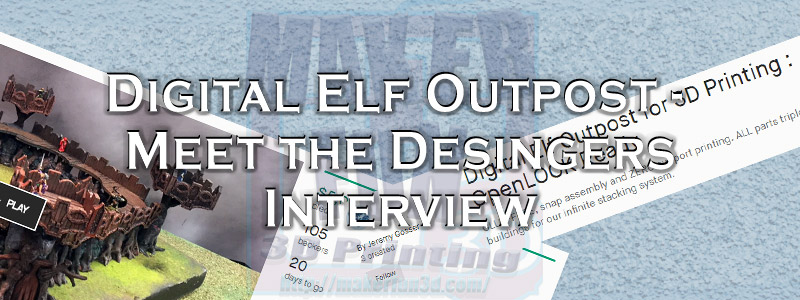
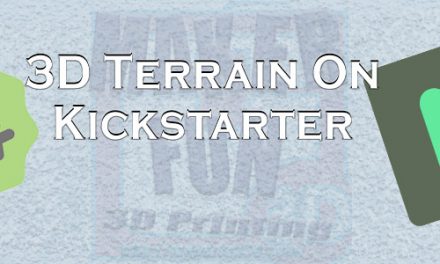
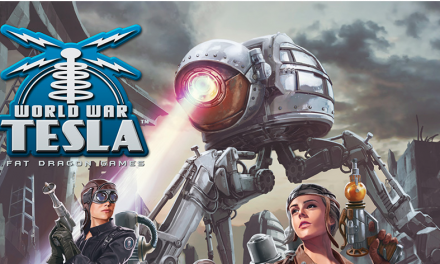
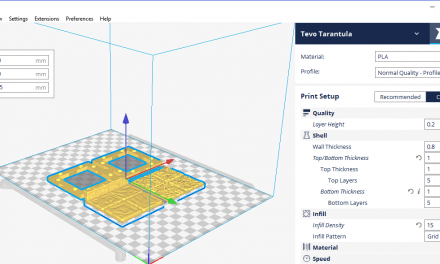
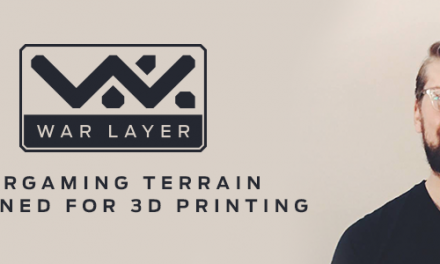
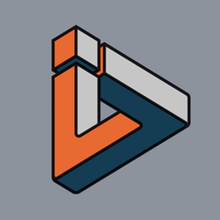
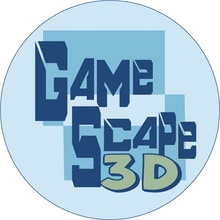
Trackbacks/Pingbacks